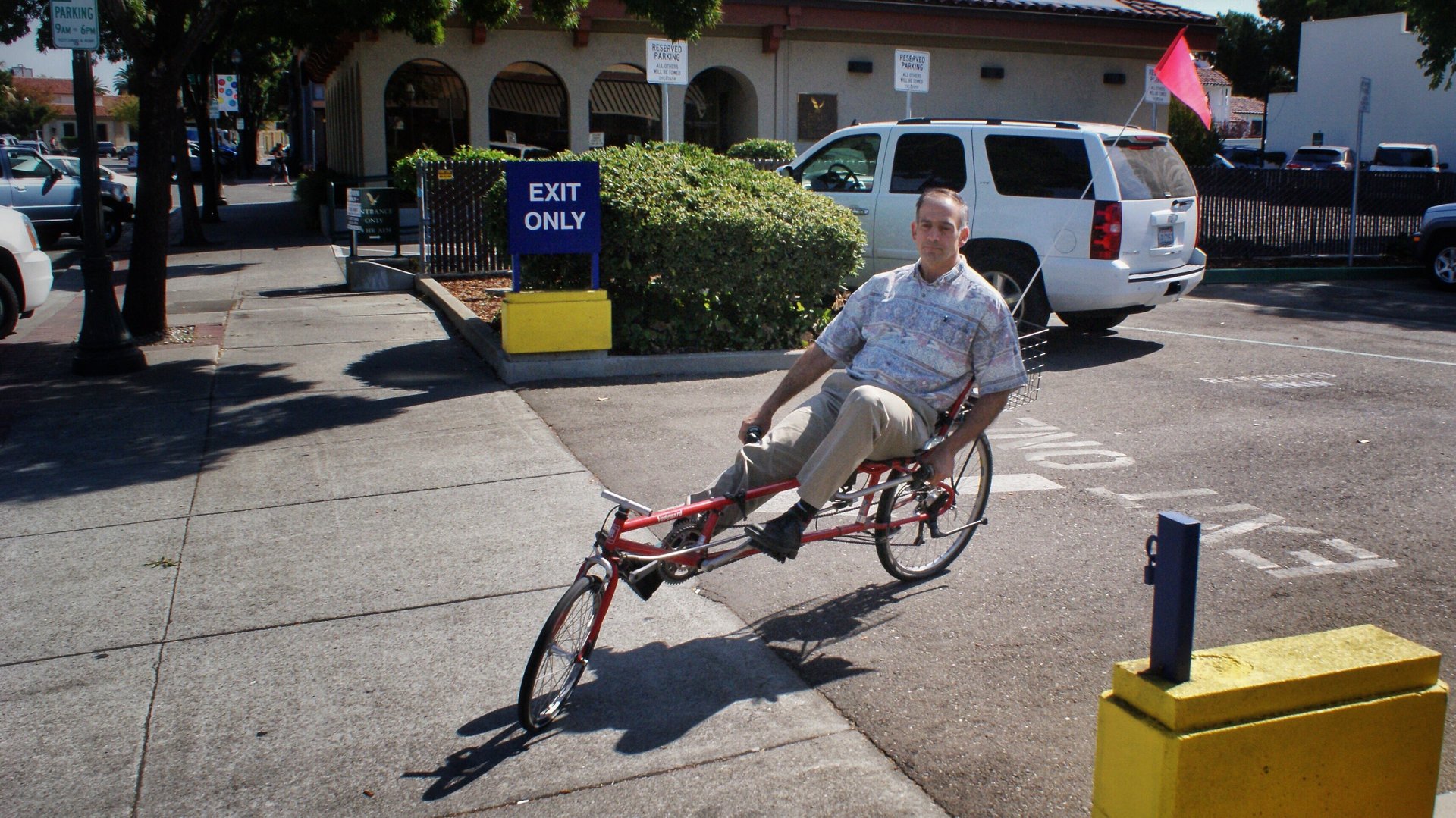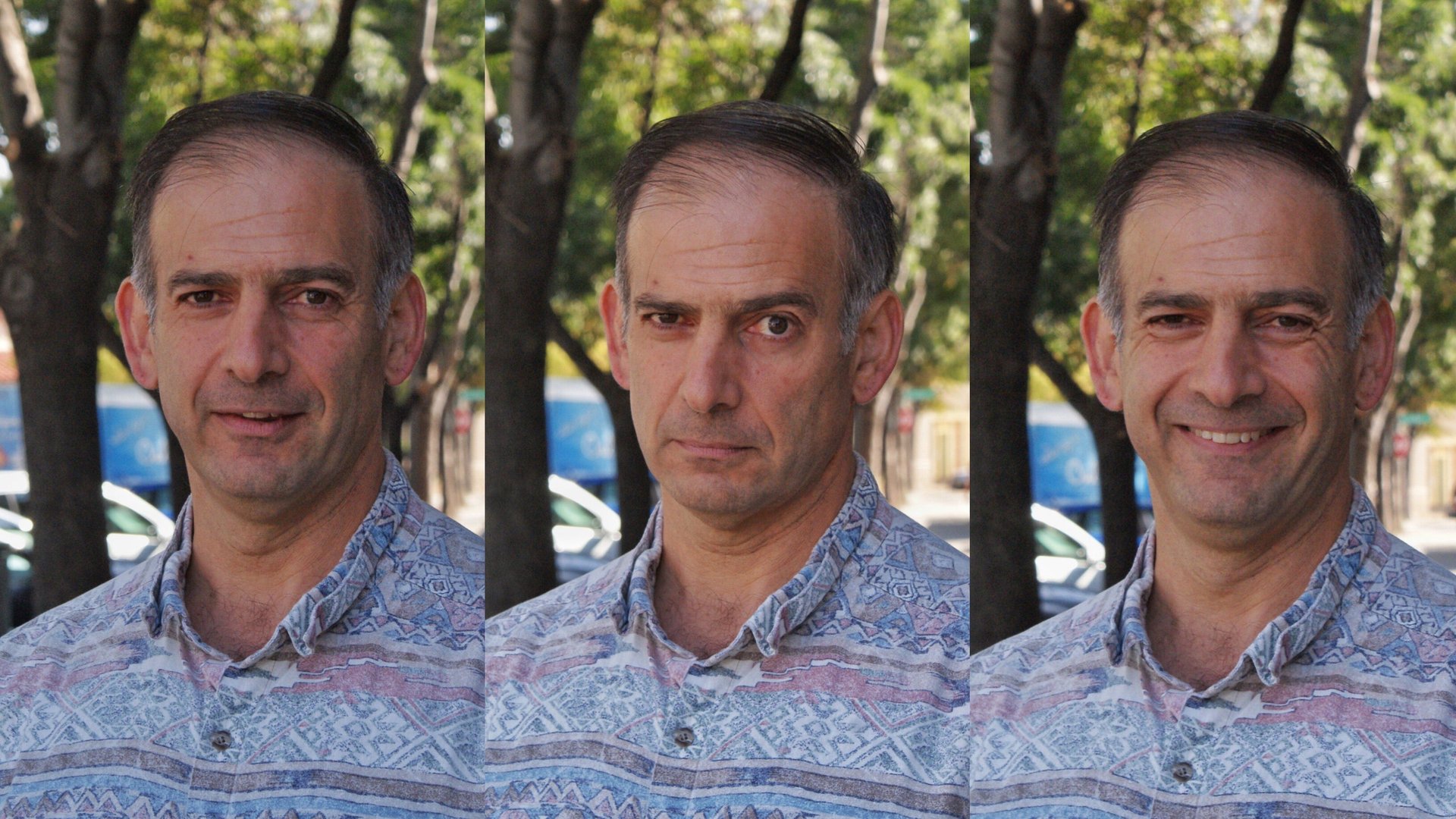The compelling case for capturing carbon emissions and burying them underground
Livermore, California


Livermore, California
Over my year of reporting on carbon-capture technology, I made it a habit to ask everyone I interviewed to suggest three others I should talk to next. The strategy yielded many useful leads, but one name got mentioned again and again.
Julio Friedmann has worked in the private sector, spending five years at ExxonMobil; in the research sector, most recently as the chief energy technologist at the Lawrence Livermore National Laboratory; and in the US government, as principal deputy assistant secretary in the Office of Fossil Energy during the Obama years. He has learned the language needed to traverse all these worlds, and it gives him a unique voice.
Friedmann’s bona fides are impeccable, but many’s are. What makes Friedmann unique is he is the clearest thinker on carbon capture I encountered.
For the uninitiated, carbon capture and storage (CCS) is a technology that stops carbon dioxide emissions from fossil-fuel power plants and chemical industries from entering the atmosphere, and buries them safely underground. Ultimately, the world will need to be powered by 100% renewable energy. But CCS is an essential stopgap; without it, experts agree, there isn’t an economically feasible way to attain the goals laid out in the Paris climate agreement. (You can read more about the technology in our investigative feature.)
I met Friedmann on a cool day in September outside his favorite coffee shop in Livermore, California, a small city some 40 miles (65 km) east of San Francisco. He arrived on a recumbent bike, wearing a faded Southwest-patterned shirt.“Cool bike,” I said. Without hesitation, he replied: “And it’s also very efficient.” We got coffee, and talked about why CCS is crucial to reach global climate goals.
The interview has been edited for clarity and length.
Quartz: You argue that carbon capture and storage is necessary. Why?
Julio Friedmann: A clarifying aspect of the Paris agreement, with 197 countries part of it, is that there is no market in the world where carbon emissions aren’t an issue. Each government is trying to deal with them in one way or another. One of the things they are grappling with is that, despite the progress on renewables and electric vehicles, we are simply not on the right trajectory to reduce our emissions.
For the past three years, CO2 emissions in the energy sector have been flat. That’s a plus. The dark cloud inside that silver lining is that global emissions continue to rise. The math remains grim. As countries look around and ask “What can we do to hit climate targets,” the CCS option keeps coming back.
Q: Is the technology ready?
There are plenty of people on the left and on the right that think this technology is not ready for prime time. That’s just hogwash. The first carbon-capture device was built in 1938. So it’s a common myth that needs to be debunked and dispelled. It is a proven, robust technology.
We are injecting [underground] tens of million of tons of CO2 every year by using CCS. We’ve been doing large-scale carbon capture and storage for over 20 years. There are a dozen companies that will sell you a unit with a performance guarantee. It’s not that the technology costs too much, but it’s that you can’t finance it.
Q: Why won’t anyone finance CCS projects?
To get one unit of carbon capture fit on a fossil-fuel power plant, it costs a lot of money. It’s not like wind or solar, where you can build small units. There is a big capital outlay at the front for CCS. So you’re committed to a billion dollars or more. That’s why it’s not something a lot of private investors are willing to take on.
If you went to a bank and you said you wanted to build wind turbines, they’ll lend you money. In 2014, the US Congress approved $44 billion in wind-production tax credits. The bank would say “we know how we’ll get their money back, so we’ll give you the loan.”
CCS needs that kind of policy support to create a market. If there is no market, the investment never comes.
From the US perspective, we now have two bills—one each in the house and in the senate. In both cases, the bills say there will be a performance tax credit for doing CCS. If those bills go through, they will be the biggest and clearest support for CCS. They will provide between $30 and $50 per metric ton of CO2 stored in tax credits. With that kind of pricing, a lot of CCS will get done immediately.
Q: If the technology is ready, why haven’t we started deploying it at the scale required to achieve our climate goals?
For the most part, nobody knows what we’re talking about. People know what a windmill looks like. But they don’t actually know what CCS is. So it’s hard to get traction in a policy context.
No constituencies are advocating for it. There are advocates for renewables, but there are not enough advocates for CCS. Only very recently have oil and gas companies begun to advocate for CCS. Through platforms like the Oil and Gas Climate Initiative which plans to invest $1 billion in these technologies, they are starting to do something.
Finally, CCS doesn’t make anything new. You just don’t have emissions. People don’t tend to see it as something additive; they tend to see it as something subtractive. That’s why people tend to look at it as a cost, as opposed to an investment. There’s a perception around CCS that it adds a burden, as opposed to accomplishing a goal. That needs to change.
Q: How could we go about achieving that change?
We don’t understand today how the market will value CO2 products. We don’t know if people are really prepared to pay more. They might do so for vodka made from CO2 or a Nike made from the air. That’s not a global climate solution, but what about gasoline made from the air? We know that it will cost more than the gasoline we get from underground, but will people pay more for the sustainable option? We don’t know.
Until we develop these technologies and create these products, we can’t know. We need to run the social and market experiments first. This is one of those things that we just have to try.
Hockey-stick problems, like climate change, need hockey-stick approaches to solving them. We can’t solve the problem by doing the same stuff over and over again. We gotta try radically different ideas. Converting CO2 into products is something we should try.

Q: Some people claim that CO2 products can be a trillion-dollar market and capture billions of tons of CO2. Is that possible?
There’s an awful amount of controversy on how big the market for CO2 conversion—some call it utilization—could be. For any chemical industry—be it cement or steel—you could imagine they could reduce emissions by about 1 billion tons per year. But that’s not a global climate solution, because we need to reduce emissions by tens of billions of tons. Nor will CO2 conversion substitute for CCS, because we’ll still have to bury the remaining tons.
But there’s another way to look at it: 1 billion ton of emissions reduction is great. We need all the reduction we can get. If you can get these reductions with a credible pathway to revenues, it becomes more palatable and more actionable to a larger number of people.
The long-term trend for renewable power is that it will keep getting cheaper. That means using the abundant renewable cheap energy to do CO2 conversion is no longer crazy. It was crazy three years ago. It’s not crazy now.
It looks like a more useful and more profitable undertaking than batteries. With batteries, you’re taking low-cost power and selling it back as low-cost power. In CO2 utilization, you’re taking low-cost power and turning it into something valuable, while reducing emissions.
Q: Many environmentalists argue that investing in CCS is essentially a form of fossil-fuel subsidies.
There’s intentional misdirection on fossil-fuel subsidies. A recent study said that fossil fuel companies get trillions of dollars in subsidies. In fact, most of that wasn’t subsidies. It was that we’re allowing them to emit (which has health and environmental costs), which they considered as a subsidy. But that’s debatable.
Within that study, there was $700 billion of direct subsidies. That’s what we are paying them to provide fossil fuels at a lower price or giving them land for free. When Saudi Arabia says that we’re going to charge you less for gas than the cost of producing it, that’s a proper subsidy. We can all agree that now is not the right time to subsidize fossil energy.
But I reject the notion that incentivizing the development of CCS is a fossil-fuel subsidy. That’s utterly ridiculous. I don’t know how people feel comfortable saying that. In this case, the money is not going to the fossil-fuel companies, it goes to whoever reduces emissions. It’s the thing we want. We’re incentivizing good behavior.
Q: What about geoengineering as a solution? If we don’t reduce emissions now, some experts say there are technologies that we could use to reduce the amount of solar heat the planet traps. That way we can keep global average temperatures from rising.
One of the things that needs to be said over and over again is that CCS and even removing carbon dioxide from the atmosphere is not geoengineering. There are plenty of people who don’t want to keep them separate and make a pig’s breakfast of it. But they are radically different things.
Interestingly, the Paris agreement threw down the gauntlet for geoengineering. The goal isn’t to keep the world’s carbon dioxide levels below a certain threshold. The goal is to keep global average temperatures below 2°C. And it’s looking like we won’t hit that goal. So, in a way, the Paris agreement has forced the geoengineering question: If we aren’t going to hit our temperature targets by managing emissions, then we have to meet our targets through geoengineering, such as solar-radiation management. It has accelerated the timeline along which policymakers have to think about these technologies. We need to look at questions not just about technologies, but about governance, economics, and social. And we need to do tests.
The fundamental issues around geoengineering have not changed. First, global governance is a mess. Second, the technology keeps getting cheaper and easier, which means someone’s going to try it at some point. I think about geoengineering the way I think about gastric bypass surgery. In an extreme case, it may be necessary. But also, I’m glad doctors did research on it before trying.
You can sign up for our newsletter to follow the series on low-emissions technology. The reporting was supported by a fellowship from the McGraw Center for Business Journalism at the City University of New York Graduate School of Journalism.